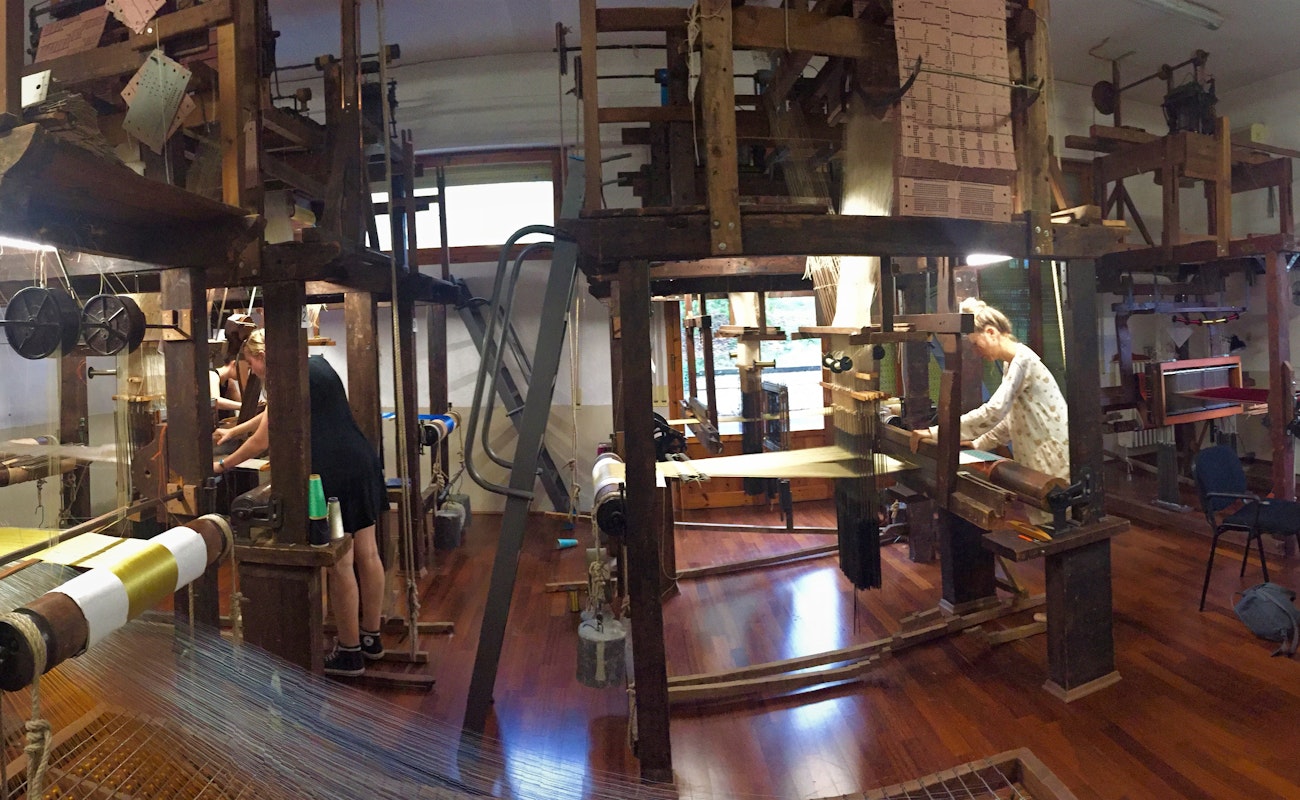
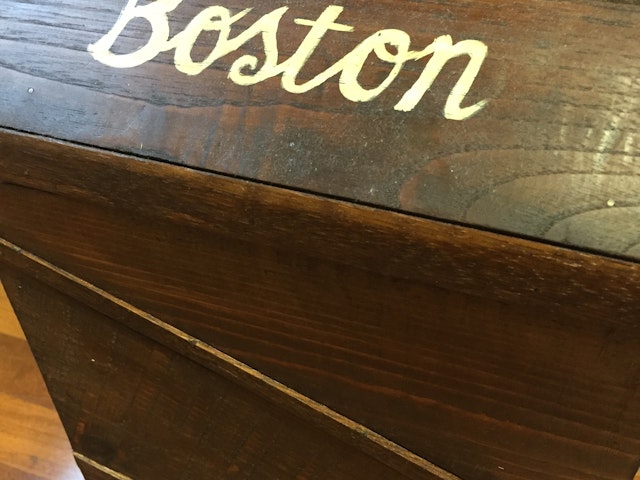
Boston Jacquard Loom
This loom was given its name after it was used to produce the ‘Palio II’ velvet for the Isabella Stewart Gardner Museum of Boston in 2004. It can be warped with up to 6,400 single threads.
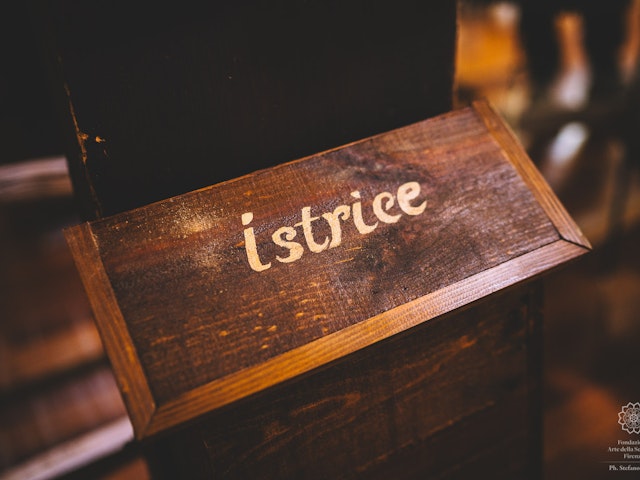
Istrice Jacquard Loom
This loom is famous for having produced the ‘Istrice’ velvet for the Sienese contrada of the same name.
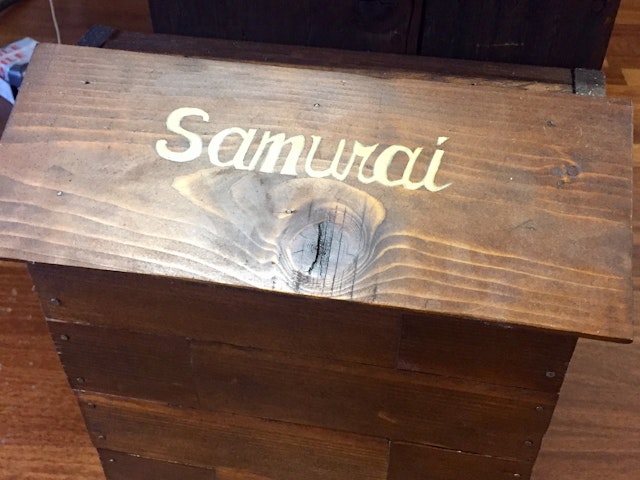
Samurai Jacquard Loom
The Samurai loom has turned out many precious works, including fabrics for the famous Baguette bags by Fendi. The loom takes its name from the ‘Samurai’ brocade woven to an 18th-century design.
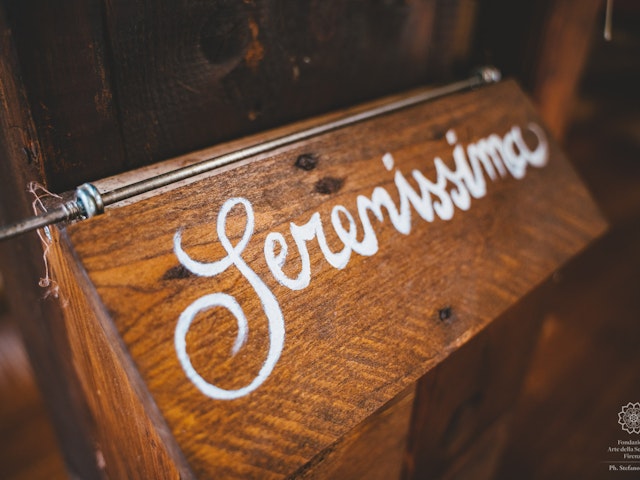
Serenissima Loom
The ‘Serenissima' loom was in pieces, disassembled, for many years. In early 1990 it was re-inaugurated following a lengthy reconstruction effort by the Foundation’s expert weaving technicians. It is one of the few still-extant looms on which it is possible to weave an extremely rare tri-colour velvet – called the ‘Serenissima’, a sample of which is now in the collection of the Metropolitan Museum of Art of New York – using a total of more than 12,000 threads for the ground and pile warps combined. The creelalone can contain 3,072 bobbins. Currently, this loom is being used – with the appropriate technical modifications – to produce a solid-colour velvet which will be used on the walls of the royal apartments at the Royal Palace of Dresden.
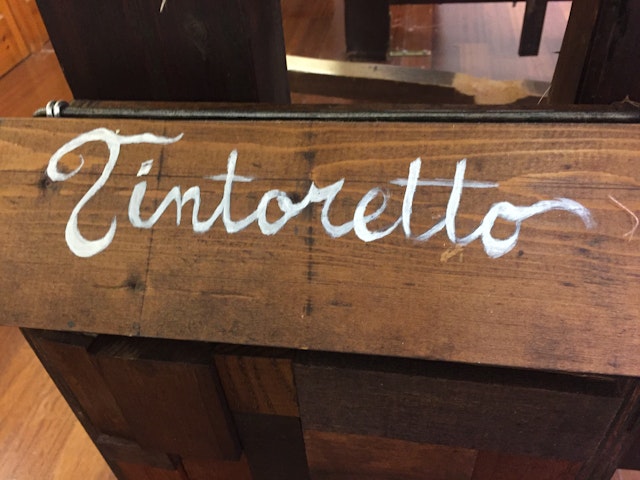
Tintoretto Loom
This is the ‘youngest’ of the looms used in production. It was purpose-built to weave – together with the Serenissima loom – the more than 300 metres of solid-colour velvet required by the Royal Place of Dresden project.
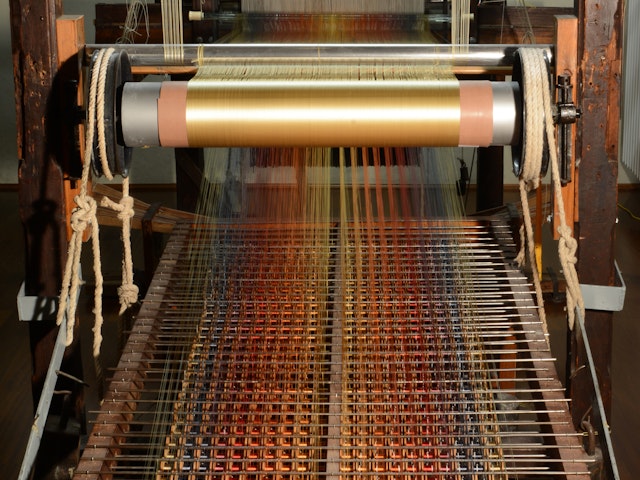
Wilanów Jacquard Loom
The Wilanów loom is called thus after the project targeting historical reconstruction of the wall coverings of the king’s bedchamber in Warsaw’s Wilanów Palace.
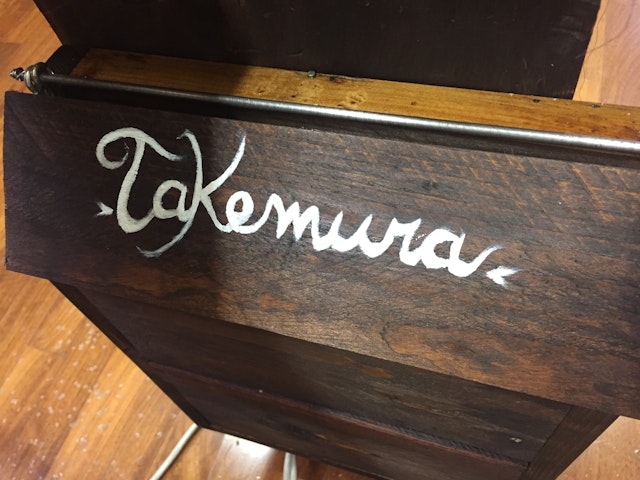
Takemura Loom
The Takemura is the only one of our looms that interfaces with a computer. It is used, in fact, for trying out the designs and patterns produced by the CAD design workshop – in digital format – which allow what is basically a Jacquard machine to acquire the data it needs digitally, and not from cards as is the case for all our other looms.
The teaching workshop room – included within the manufacturing area so that it may benefit from the technical support our weavers can provide – contains five looms and is a sort of mini-manufactory of hand-woven fabrics. Each student is assigned a loom for study purposes and for mastering technique.
On request, our looms may be rented for weaving personal pieces at our premises.
